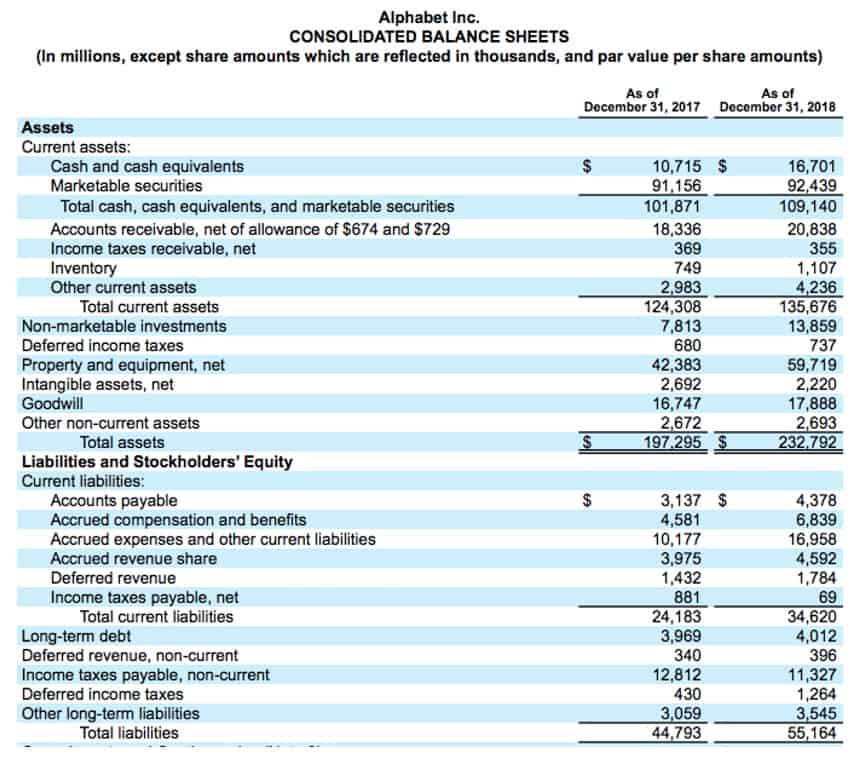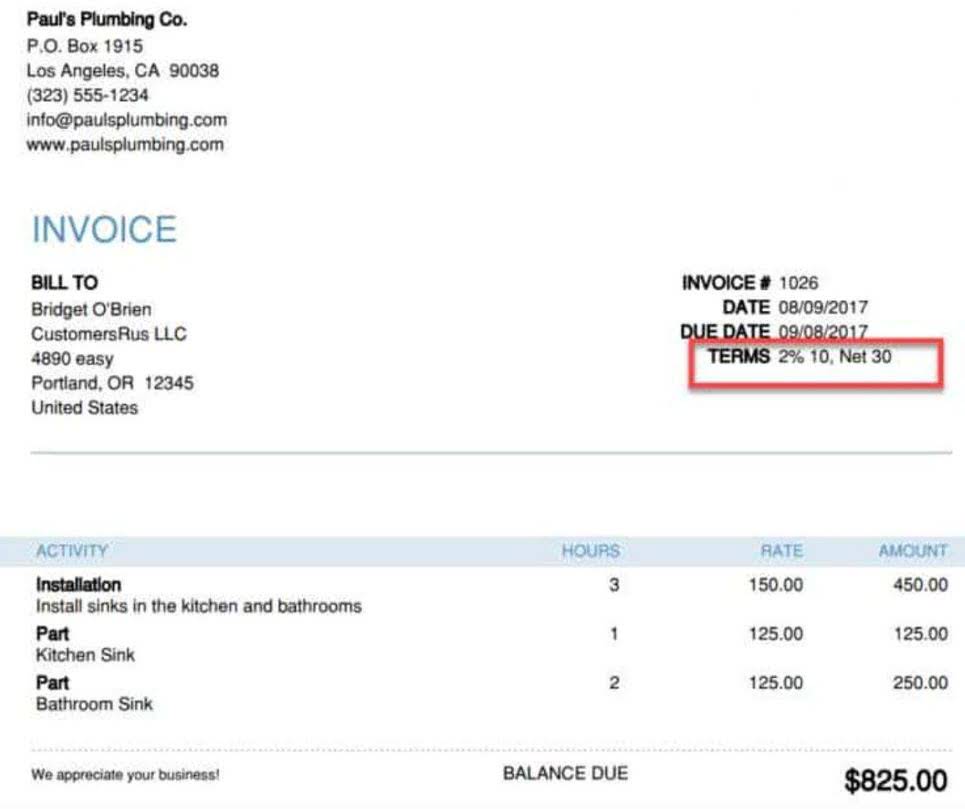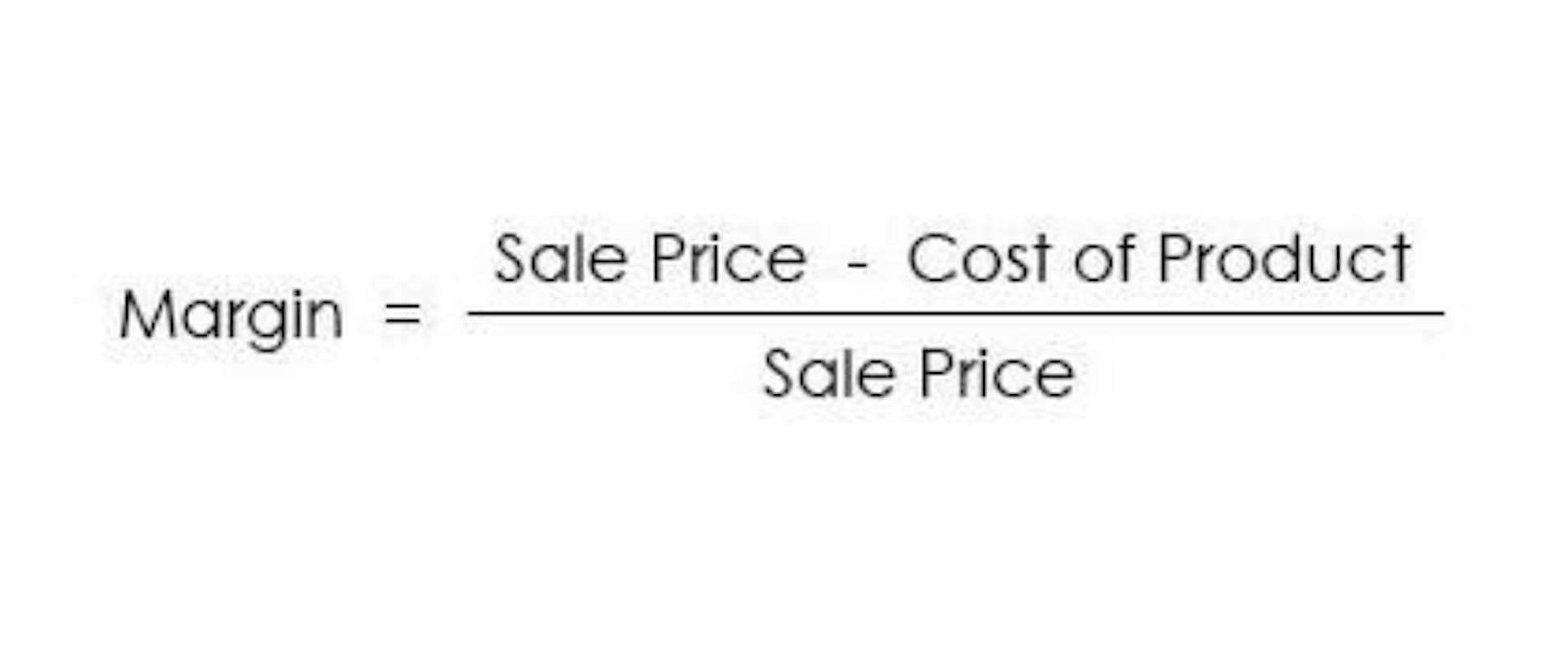
Actions in this step may involve redesigning and mapping out the process, implementing new procedures, and/or conducting pilot tests to evaluate the effectiveness of the proposed solutions. This phase of DMAIC will require creativity, innovation, and often change management skills. It involves clearly defining the problem and the goal of the project; it will also clarify the scope and set clear objectives for the success of the project. You can apply all of those to your organization regardless of what type of business you’re in. Six Sigma has had a significant impact on the business world dating back to the 1980s and is still being used and deployed by many organizations today. Jack Welch of GE used to say, “Variation is evil.” What he meant was that a customer wants predictability when it comes to your product quality, delivery, and all other aspects of your business relationship.
An Amusement Park Experience: Observations from a Master Black Belt
According to John Dodge, editor in chief of Design News, the use of Six Sigma is inappropriate in a research environment. Within the individual phases of a DMAIC or DMADV project, Six Sigma uses many established quality-management tools that are also used outside Six Sigma. Design For Six Sigma (DFSS) – Along with DMADV, DFSS focuses on listening to the customer to get the processes right before defects occur.
A key component of successful Six Sigma implementation is buy-in and support from executives. The methodology does not work as well when the entire organization has not bought in. Yes, many of the universities and organizations that offer Six Sigma certification have both classroom and online offerings. The group adds controls to the process to ensure it does not regress and become ineffective once again. The team works from there to implement changes that will improve system performance. The statistician Donald J. Wheeler has dismissed the 1.5 sigma shift as “goofy” because of its arbitrary nature.[48] Its universal applicability is seen as doubtful.
Many leaders are happy to endorse various types of improvement initiatives, but endorsement is not sufficient for an organizational transformation. It’s the all-in commitment and leadership of the effort that is critical for its long-term success. Experts credit Shewhart with first developing the idea that any part of process that deviates three sigma from the mean requires improvement. In the 19th century, German mathematician and physicist Carl Fredrich Gauss developed the bell curve.
Who Makes It Happen? The Belts of Six Sigma
- Execution of the Six Sigma methods relies on a team of trained practitioners sourced from throughout the company hierarchy.
- Lean Six Sigma Just-In-Time (JIT) training allows employees to focus resources on what customers need and when they need it, rather than building up unnecessary inventory.
- Different schools and individual companies may offer their own variations.
- The term Six Sigma originated in manufacturing as a means of quality control.
Define, measure, analyze, improve, and control are the five principles and phases of Lean Six Sigma. They’re the steps practitioners take to create more efficient processes and a workplace culture that’s focused on continuous improvement. Six Sigma is a data-driven methodology that provides tools and techniques to define and evaluate each step of a process. It provides methods to improve efficiencies in a business structure, improve the quality of the process and increase the bottom-line profit. The Six Sigma methodology calls for bringing operations to a “six sigma” level, which essentially means 3.4 defects for every one million opportunities.
Six Sigma has become a widely used quality-improvement methodology in both the private and public sectors. Anyone who wishes to learn it can take courses that lead to various levels of certification. Large amounts of data were collected on a daily and weekly basis from various servers.
Methodologies
At its best implementation, Lean is introduced first to increase efficiency, and then Six Sigma methods are applied for fine-tuning. Manufacturing, healthcare, finance, IT, and other fields use Lean Six Sigma. With the aim of achieving near perfect ouput, Six Sigma employs statistical methods to detect problems and improve processes. Data-driven improvement projects are executed with specific steps in a defined sequence and with specific improvement goals in mind, called value targets. Teams with in-depth knowledge of the Six Sigma methodology are established to sponsor, manage, and complete the project.
The goal is to use continuous process improvement and refine processes until they produce stable and predictable results. Someone with a master black belt is considered an expert and strong leader with excellent problem-solving skills. A champion is a lean Six Sigma leader trained in maximizing profits through the elimination of waste and defects.

When teams have clarity into the work getting done, there’s no telling how much more they can accomplish in the same amount of time. The Smartsheet platform makes it easy to plan, capture, manage, and report on work from anywhere, helping your team be more effective and get more done. Report on key metrics and get real-time visibility into work as it happens with roll-up reports, dashboards, and automated workflows built to keep your team connected and informed. Empower your people to go above and beyond with a flexible platform designed to match the product quality in operations and supply chains needs of your team — and adapt as those needs change.
It is described by the acronym TIMWOOD, which stands for Transportation, Inventory, Motion, Waiting, Overprocessing, Overproduction, and Defects. The principles of Six Sigma are executed through methodologies, or roadmaps to improvement, like a workflow. Some theoreticians also consider that processes deteriorate over time in a 1.5 Sigma shift. Statistically, this means that the process will deviate 1.5 Sigma from the centerline of a control chart. There are a number of established benefits to Lean Six Sigma methods for employees, customers, vendors, and the company. Establish a plan that can deal with variations that occur, sustain improvements, and prevent a reoccurrence of the original problem.
This popular methodology, which gained a foothold in American business in the 1980s, is now a worldwide practice. Proponents of Six Sigma tout its advantages, including reduced waste, improved understanding of customer requirements, reduced production time, and a cost savings of up to 50 percent. “Six Sigma is a methodology and set of tools that help us measure what we do and then improve what we do. This step involves selecting the most suitable statistical and analysis accounting vs payroll tools, such as fishbone diagrams, Pareto analysis, and hypothesis testing. This is done to analyze the data and identify where and why defects or inefficiencies are happening.
Business Improvement Campaign – An endeavour to improve processes throughout a company, not just on the manufacturing floor. Six Sigma is usually a practice that large corporations use, and some consider that the methodology requires significant adaptation for small organizations. In addition, formal certification may be prohibitively expensive for small companies, especially for more advanced certifications. The exact specifications for each belt may differ depending on what organization provides the certification.
It strives to eliminate the waste of physical resources, time, effort, and talent while assuring quality in production and organizational processes. The methodology’s belt-based system of expertise, ranging from White Belt to Master Black Belt, ensures a structured development and application of skills across various organizational levels. This leads to a deep-rooted culture of continuous improvement, where every employee plays a role in optimizing processes and enhancing quality.














